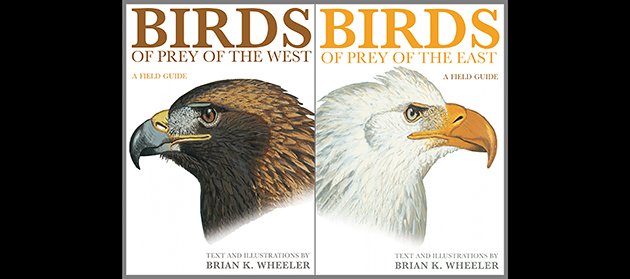
Once it is large enough, the egg tooth will come into contact with the inside surface of the egg. At the same time, the baby eaglet develops a ‘hatching muscle’ which actually tips the developing bird’s head back. It is actually a sharp point on its beak. During that time she has also read widely and deeply in ornithology, and for 4 years she has volunteered for raptor rehabilitation organizations, gaining hands-on experience in the capture and rescue, medical triage and treatment, and rehabilitation of raptors and other birds.”Īn egg tooth is formed on the eaglet as it grows inside the egg. in a discipline in the humanities, has been a birdwatcher for many years and has been an avid observer of internet bird cams (raptors and other wildlife) since 2009. *Note: “Elfruler” is the nomme de plume of the author of a very well known Bald Eagle Blog ( “Elfruler” is a “retired university professor with a Ph.D. Click here for an account of the many factors involved in a chick’s hatching.” (Extremely detailed and more suitable for older students and/or adults) It contains all that is necessary to enable a small and weak organism to develop into a chick with enough strength and skill to break through and emerge into the outside world.


It is sturdy but flexible, hard but porous. In a post from 2018, “Elfruler” ( states, “The avian egg is a marvel of nature, a self-enclosed and perfectly effective living environment for the developing bird embryo. The video below shows how baby birds (all kinds) get oxygen when they are still inside the shell. Both parents are vigilant in protecting the eggs from predators or intruders to the nest. They make sure the eggs are protected from the weather, and they ‘roll’ the eggs to keep all parts of the egg at the same temperature and to prevent the developing embryo inside the egg from sticking to the egg shell. The female incubates most of the time, but the male also helps. The average time for a Bald Eagle egg to hatch from when it was laid is 35 days. So 2 eggs/year x 20 years = 40 eggs in her lifetime. There is no evidence that a healthy eagle reduces egg-laying as she gets older. If we assume that a female eagle begins nesting at age 5, and lives until she is 25, she will have 20 years of egg-laying.

The average Bald Eagle clutch size is just under 2 eggs / clutch (1.9). The eaglets will fledge at about 12 weeks of age. The eggs hatch after about 35 days of incubation. There have been a few successful clutches of 4 eggs documented. © American Eagle Foundation.īald Eagles normally lay one to three eggs per year. Babies in the NE Florida nest of Romeo and Juliet, Christmas, 2015.


 0 kommentar(er)
0 kommentar(er)
